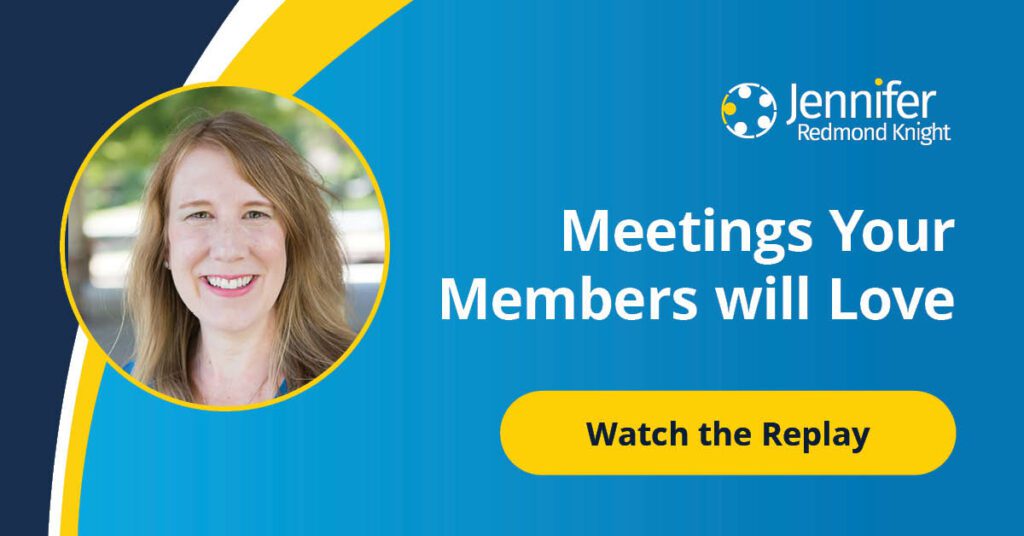Last week, I led a small group meeting and assumed that the group knew what we were doing and what they were expected to do. I had sent an email inviting them, gave them something to review prior to the meeting and thought that they clearly knew what we were doing. Since several of them were long-time partners, I thought they knew the context and the purpose. After we had finished 75% of the meeting, one of the participants asked me a clarifying question that made me realize I had assumed a lot about the meeting and what my participants knew about the meeting. When we are planning and leading meetings, we can easily forget that our participants have limited knowledge and awareness of the meeting we are leading. If we want to lead effective meetings that our members will love, we must check our assumptions and clarify our purpose. Join me this week in reflecting on three steps to take to keep assumptions from derailing your next meeting.
Clarify your meeting purpose.
Why are you meeting? What is your goal or objective for meeting? What unmet need will be addressed by meeting? If you are hosting a series of meetings, you want to clarify the purpose of both the series and each individual meeting. Once you have clarified your purpose, check in with your team to ensure that everyone on the team is clear about the purpose. Sometimes we can assume that because we know the meeting purpose that our other staff and leaders also know the purpose. We may also have different perspectives on the purpose. In order to become clear on the purpose, we have to take the time to discuss the assumptions and expectations of each of the people participating in leading the meeting.

Consider your goal for participation.
How do you want participants to participate? What do they need to know in order to fully participate? What do they already know? Are there different levels of knowledge among the participants? If you are hosting a meeting where you want a lot of engagement and discussion among participants, you need to assess what they already know or what they may not yet know about your topic. In my example above, I assumed they already knew much more about the context and situation than they know. I also assumed that they had the same level of knowledge. In my group, there were people who were relatively new to the group and those who had been participating for more than 15 years. Although I provided a brief introduction on our plans for the day, I did not provide an opportunity for questions and clarification on the background and context. Since I have been doing this work for almost 20 years, I also forgot how much I knew about this subject compared to what they knew. I needed to consider my participants and their knowledge in order to engage them most effectively.
Communicate in multiple ways.
Once we have clarified our purpose, the goal for participation and the level of knowledge and understanding among our participants, we need to communicate our meeting plan in multiple ways. Although email can be a quick and effective way to send a message to the entire group, we cannot assume that everyone has read our email or understands the meeting purpose and expectations for participation. We must consider multiple methods of communication in order to clarify and engage our participants. We can include more electronic methods (such as a survey or a question to ask in our email) or we can communicate via phone, zoom or even in person if possible. Prior to the meeting, we can send an agenda that provides information on what to expect and when people will be asked to participate. At the beginning of the meeting, we can remind participants why we are meeting and provide an opportunity for clarifying questions. As we finish the meeting, we can check in with the group on whether we accomplished the intended purpose and how we need to follow-up on action items from the meeting. One of the best ways to overcome assumptions and confusion is to clearly communicate and check in with our participants.
When was the last time you assumed your participants knew your meeting purpose and their role? What are you going to do next time to clarify?
If you would like more support with conducting effective meetings and overcoming assumptions, check out masterclass replay “Meetings your Members will Love”

Photo by bruce mars on Unsplash

